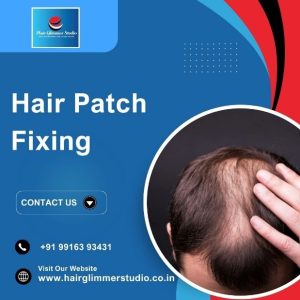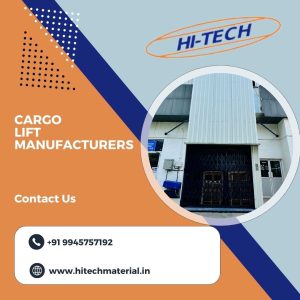
In the intricate landscape of technical communication, the art of conveying complex information with precision and clarity is paramount. In this article, we delve into the world of technical writing, shedding light on the methodologies that elevate this craft to a form of concise, articulate expression. To unravel the intricacies, we draw insights from the expertise of AEC Inc, more about AEC Inc, a renowned name in the field.
I. Understanding Technical Writing
A. Defining Technical Writing
1. Precision and Clarity
– Crafting Information with Laser Precision
– The Role of Clarity in Technical Communication
– Distilling Complex Concepts into Understandable Terms
2. Audience-Centric Approach
– Tailoring Content for Specific Audiences
– Recognizing Diverse Levels of Expertise
– Adapting Style and Tone for Maximum Impact
3. Documenting Processes and Procedures
– Unraveling Step-by-Step Procedures
– Importance of Process Documentation
– Ensuring Consistency in Technical Instructions
II. AEC Inc’s Approach to Technical Writing Excellence
A. Leveraging Industry Expertise
1. Domain-Specific Knowledge
– In-Depth Understanding of Industry Jargon
– Incorporating Technical Nuances into Writing
– Aligning Content with Industry Standards
2. Cross-Disciplinary Collaboration
– Breaking Silos for Holistic Understanding
– Facilitating Communication Across Departments
– Ensuring Comprehensive Technical Documentation
3. Real-World Applications
– Connecting Theoretical Concepts to Practical Scenarios
– Illustrating Real-World Use Cases
– Enhancing Relevance and Applicability of Technical Content
B. Ensuring Document Accessibility
1. Clear Information Architecture
– Structuring Content for Accessibility
– Facilitating Seamless Information Retrieval
– Minimizing Cognitive Load for Readers
2. User-Friendly Design Elements
– Incorporating Intuitive Navigation
– Utilizing Visual Aids for Enhanced Comprehension
– Balancing Text with Graphics for Optimal Impact
3. Compliance with Accessibility Standards
– Adhering to ADA and WCAG Guidelines
– Ensuring Inclusivity in Technical Documentation
– Prioritizing User Experience in Accessibility Design
C. Strategic Use of Language and Tone
1. Conciseness as a Virtue
– The Art of Eliminating Redundancies
– Crafting Succinct yet Informative Content
– Capturing Attention through Concise Expression
2. Maintaining Objectivity
– The Role of Neutrality in Technical Writing
– Eliminating Bias for Unbiased Communication
– Fostering Trust through Objective Language
3. Adapting Tone to Audience
– Recognizing Varied Reader Backgrounds
– Tailoring Tone for Technical Experts vs. Novices
– Striking the Right Balance in Professional Communication
III. The Technical Writing Process: AEC Inc’s Best Practices
A. Thorough Research and Information Gathering
1. Engaging with Subject Matter Experts
– Extracting Specialized Insights
– Navigating Complex Technical Concepts
– Collaborative Approaches to Information Gathering
2. Validating Information Accuracy
– Fact-Checking for Precision
– Ensuring the Reliability of Technical Content
– Avoiding Misinformation Pitfalls
3. Continuous Learning and Updating
– Embracing a Growth Mindset in Technical Writing
– Staying Abreast of Industry Advancements
– Iterative Processes for Document Refinement
B. Structuring Content for Maximum Impact
1. Logical Flow of Information
– Sequencing Information for Coherence
– Guiding Readers Through a Logical Journey
– Preventing Information Overload
2. Interactive Documentation Elements
– Incorporating Hyperlinks for Additional Resources
– Embedding Multimedia for Enhanced Understanding
– Encouraging User Interaction with Content
3. Version Control and Document Maintenance
– Establishing Robust Versioning Systems
– Managing Revisions and Updates Effectively
– Ensuring Consistency Across Document Versions
C. Peer Review and Quality Assurance
1. Cross-Team Collaborative Review
– Leveraging Diverse Perspectives in Review
– Addressing Potential Blind Spots
– Collaborative Refinement for Quality Assurance
2. Usability Testing for Documentation
– Soliciting User Feedback for Improvements
– Identifying User Pain Points
– Enhancing Usability Through Iterative Testing
3. Continuous Improvement Initiatives
– Establishing Feedback Loops for Iteration


